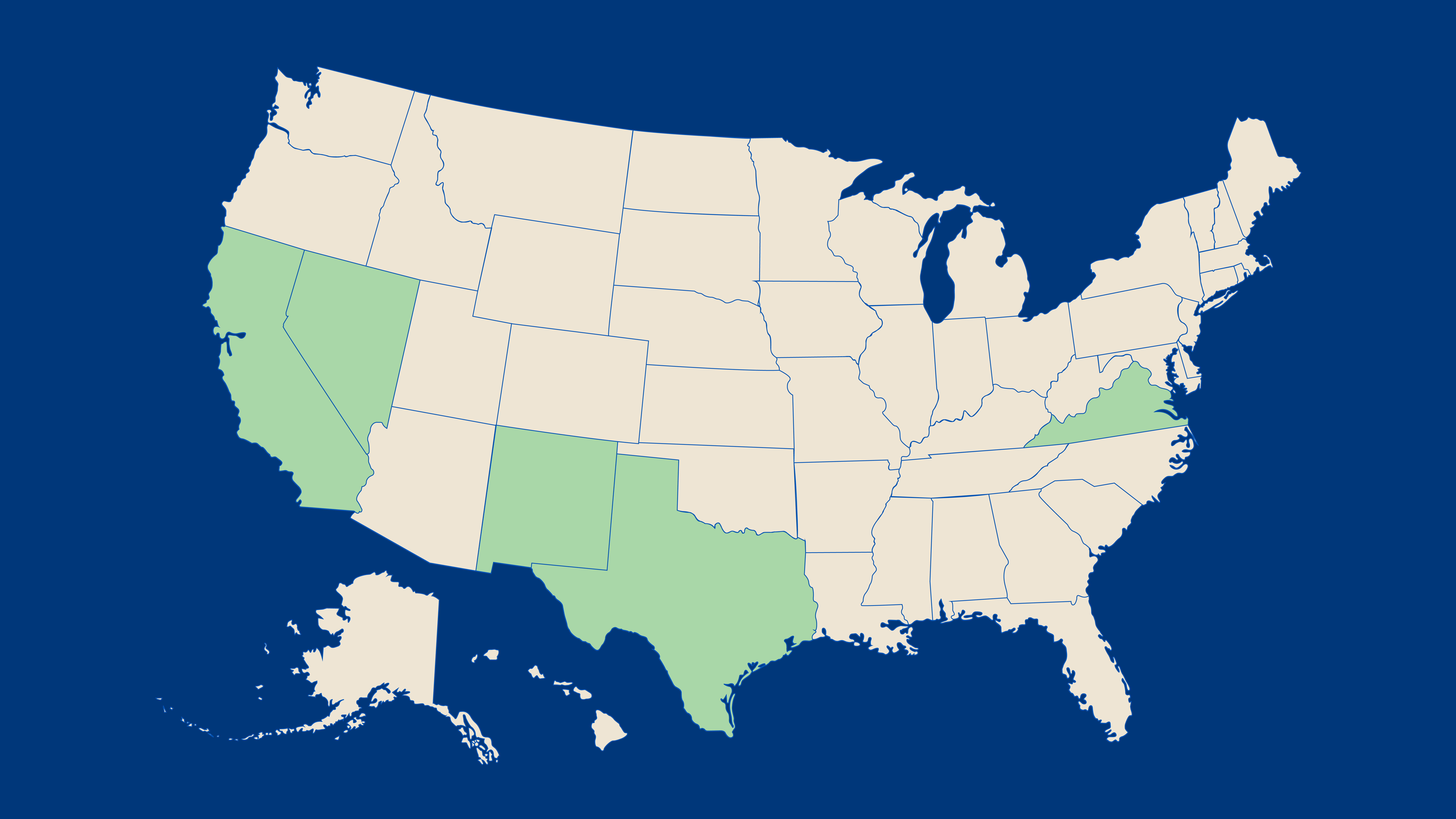Groundwater in Anne Arundel County lies within the Northern Atlantic Coastal Plain, an aquifer group that stretches along the eastern United States from North Carolina to New York. As one of the largest municipal users of the aquifers within the system, Anne Arundel County recognizes the need to move toward long-term sustainability of groundwater resources. The MAR program seeks to develop technology to support a more sustainable approach which can maintain our groundwater supplies for the future while mitigating against the impact of continued withdrawals.
MAR also provides additional nutrient removal benefits by directly reducing the discharges to nearby water bodies. In comparison with other options, nutrient reductions associated with MAR appear to be more cost-effective than other options and can be implemented at existing County facilities. For this reason, the Our wAAter program includes MAR as one of several approaches being developed as part of the long-term strategy to reduce nutrient discharges.
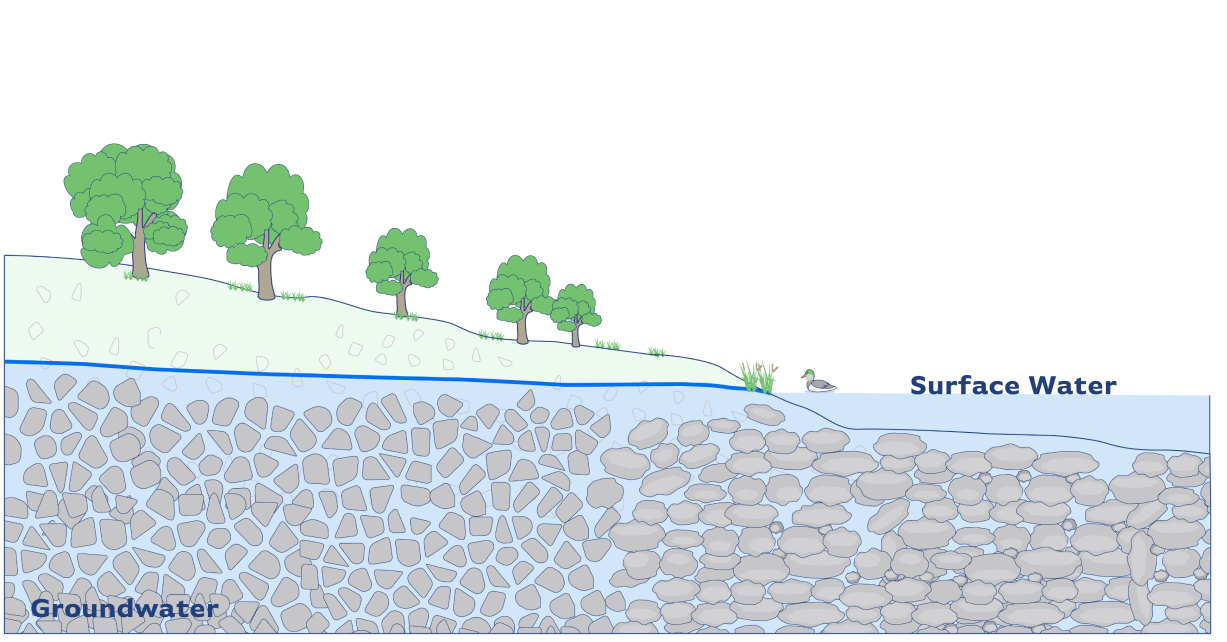

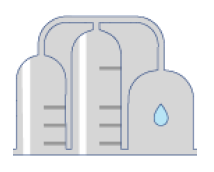
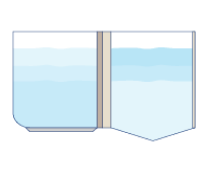
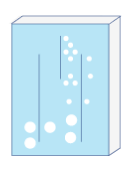
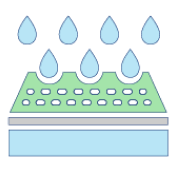

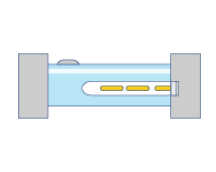
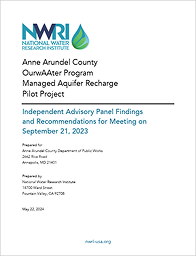 Read the 2022 Report
Read the 2022 Report
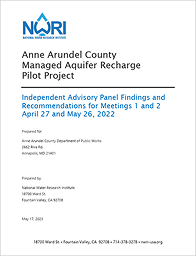 Read the 2023 Report
Read the 2023 Report






